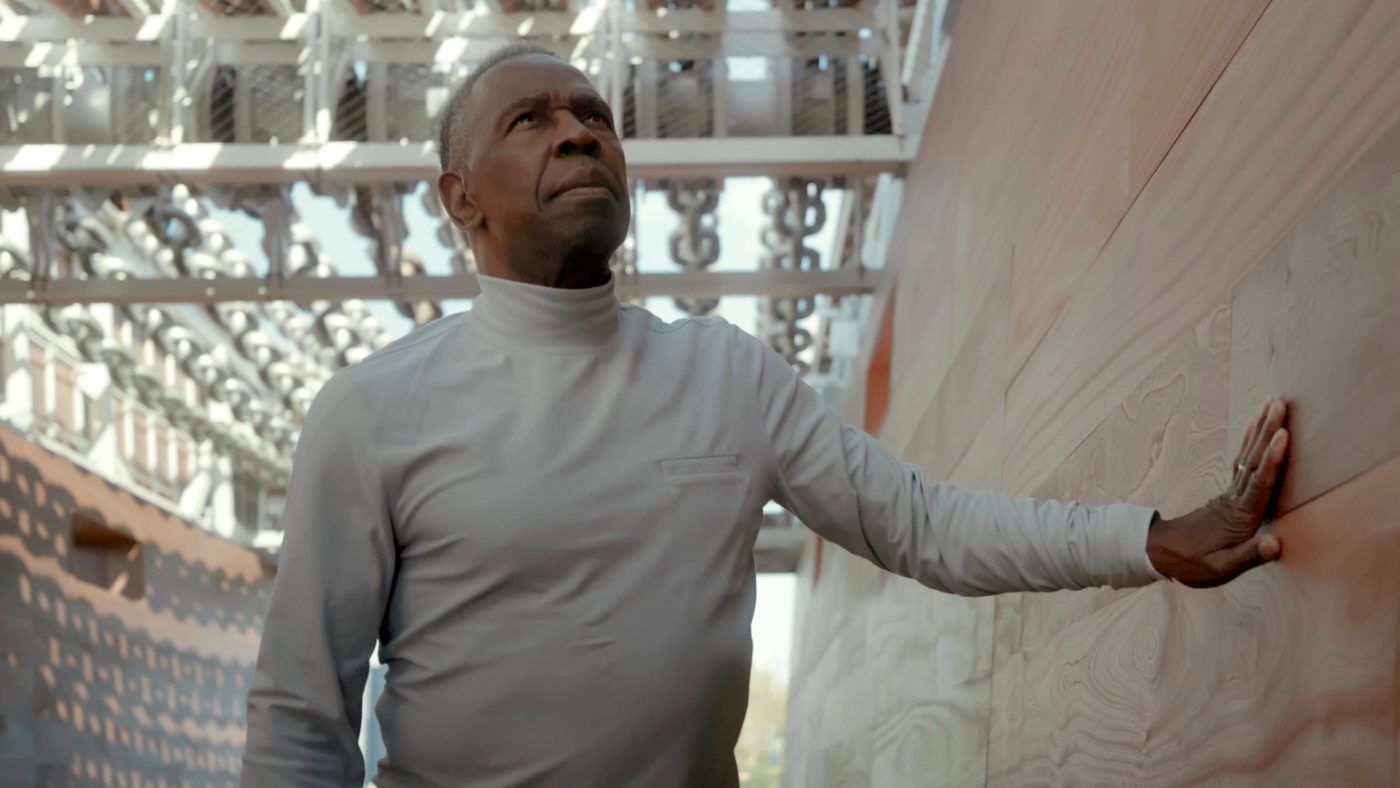Charles Gaines

Charles Gaines was born in 1944 in Charleston, South Carolina. The artist received his BA from Jersey State College in 1966 and his MFA from Rochester Institute of Technology in 1967. A conceptual artist, Gaines’ work investigates the ways in which society produces distinctions and categories. Examining the underlying structures of social and political life, the artist calls attention to the systems that organize our daily lives and the inequities and injustices they produce.
In 1975, Gaines began his work with gridded paper and colored numbers in his Walnut Tree Orchard series. The series includes photography of walnut trees alongside drawings of walnut trees created using reference data collected by the artist about the individual tree and the tree species. The information collected about this one natural object is vast and dense; it serves as an interpretive framework for Gaines to render the tree through a system of corresponding numbers and colors applied to a grid. As his marks accumulate on the gridded paper, they form a silhouette of the tree, without reference to direct observation or photographic imagery. Through these drawings, Gaines aims to demonstrate how our perception of the world around us is shaped by the systems we use to understand it — the visual information we choose to collect or ignore, how we prioritize it, and how we ascribe meaning to it. In later work, Gaines applies similar systems to other species of trees, to shadows, to other artists, and to photographs and busts of political theorists. Subtly, the artist asks viewers to think critically about the structures and systems we use to see and interpret the vibrant and varied world around us, and their possible political and social implications.
Throughout Gaines’ practice, he applies his varied systems to a range of media and phenomena. His series of musical scores titled Manifestos begin with political texts like the Dred Scott v Sandford decision by the United States Supreme Court or the speeches of Dr. Martin Luther King Jr., which are transformed to music using an arbitrary system of translation from written text to musical notation. As each letter in the text is made to correspond to a musical note or a moment of rest in the score, the connection between the initial text and the resulting musical performance is not an aesthetic decision but an almost random assignment. Despite this arbitrariness, viewers ascribe meaning to the music produced. By abstracting the text from its usual context and stripping it of concrete language, Gaines highlights the elements outside of the text which contribute to the meaning behind it and imbue it with power. The texts the artist employs often carry far-reaching implications, determining citizenship and human rights, or questioning the U.S. legal system. Yet his work demonstrates that the true force of these texts may not lie in the words themselves, but in the systems that organize them and that they represent. In all of his investigations, the artist points to the ways in which our knowledge and culture are constructed and how difference is produced.
Videos 1
-
Charles Gaines
“You can make art with any number of kinds of materials, and you don’t have to learn how to draw, and learn how to paint in order to be an artist.”
Charles Gaines

